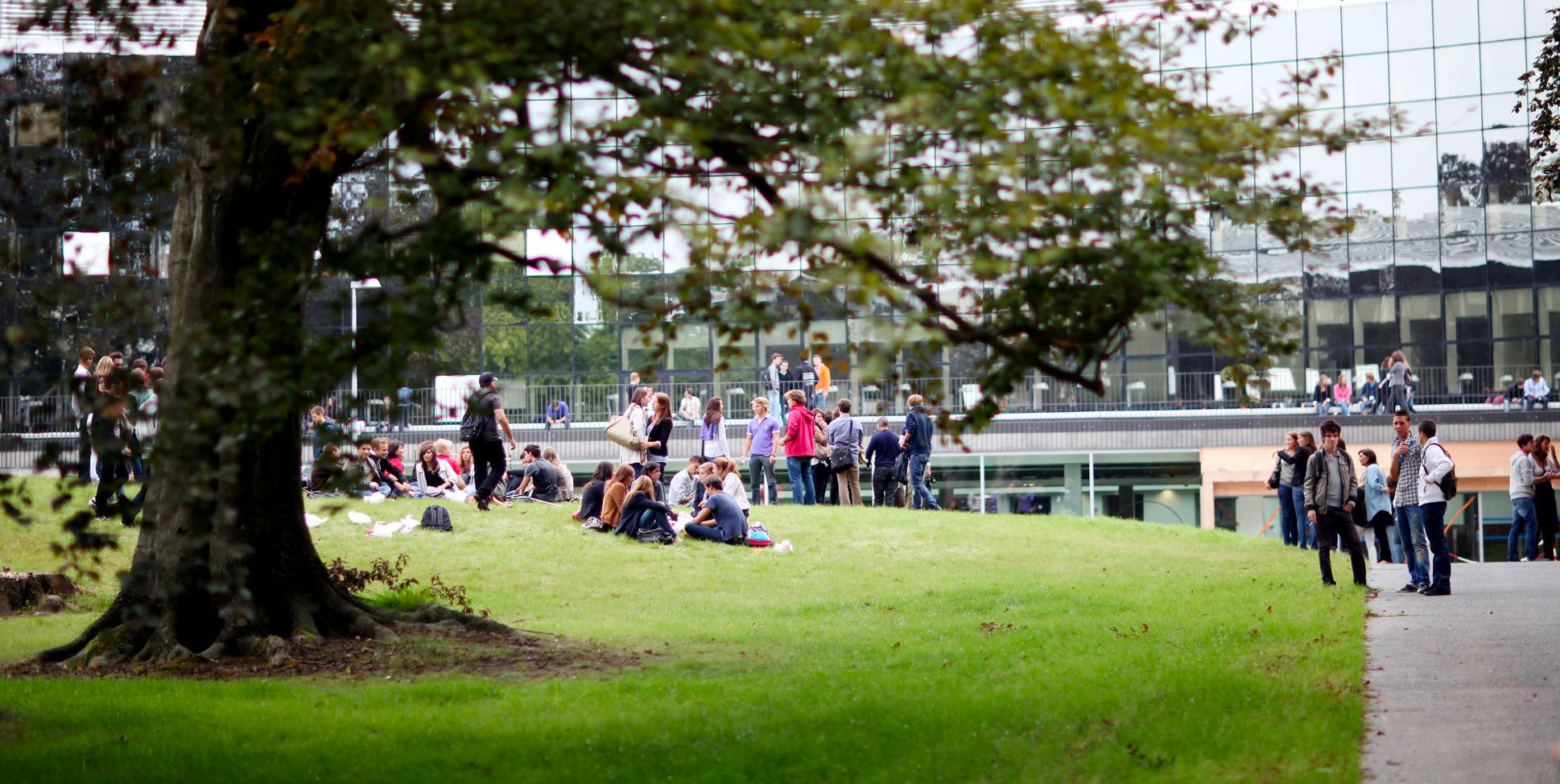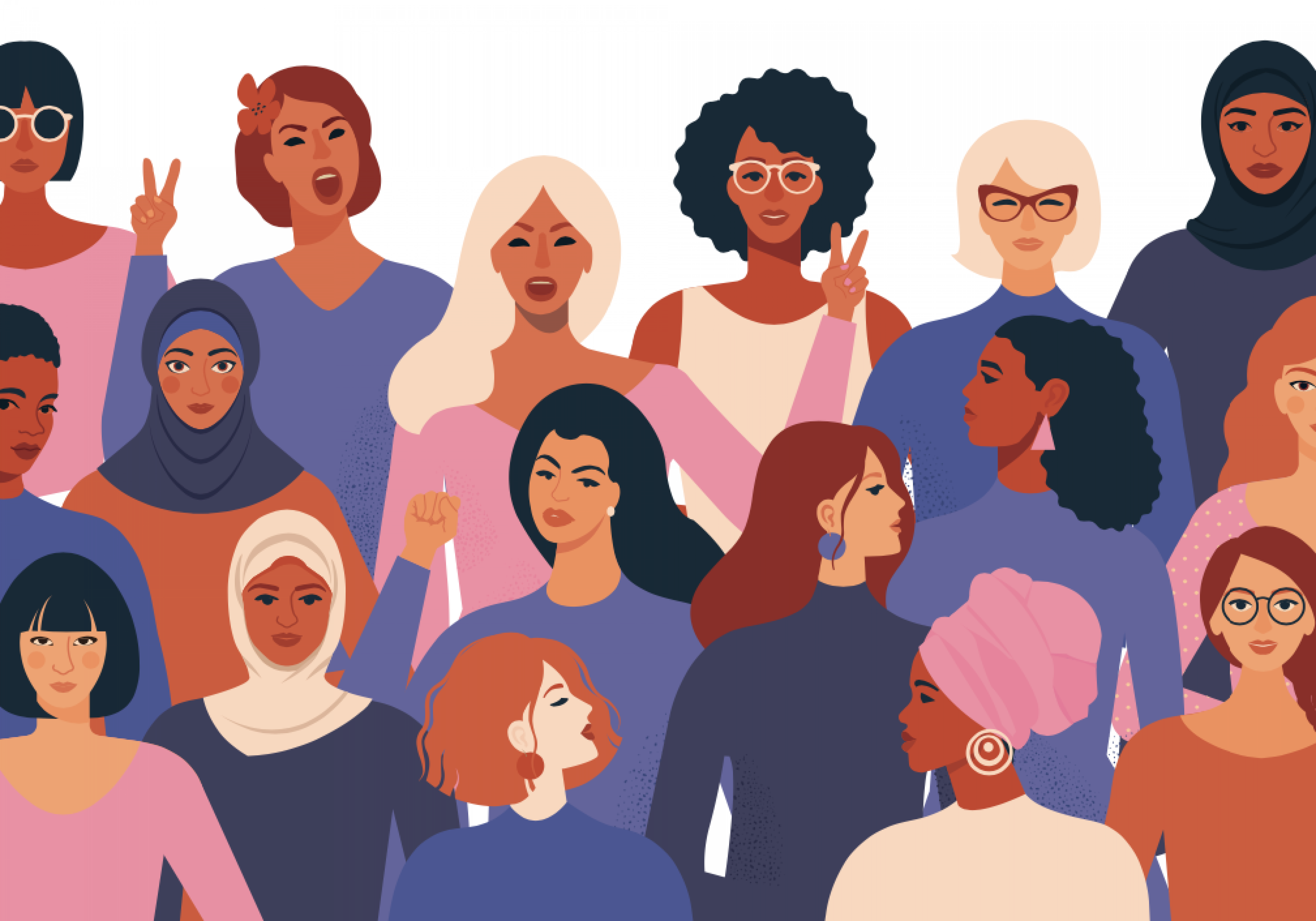You must login/create an account to view this content
Opening the minds of tomorrow’s leaders
You must login/create an account to view this content
What a post-Covid global economy will look like
Reaching the right audience: Business School communications part II
The emerging impact of AI in recruitment
Reaching the right audience: Business School communications part I
Being a woman leader: ‘man – I feel like a woman’
Meritocracy, bias, and success: reward and recognition for diverse groups
Teaching coronavirus: why professors are writing it into their lesson plans
You must login/create an account to view this content
The business master’s degree: global application and enrolment outlook
Trends in application and enrolment figures for MBM programmes around the world as well as insight into the role of technology and India’s high demand. Will Dawes and Tim Banerjee Dhoul report
The biggest enrolment and cohort numbers for master’s in business management programmes (commonly known as MBMs, or MiMs) were found among Business Schools in Europe (excluding the UK) and India, according to data compiled for AMBA & BGA’s Application and Enrolment Report 2019. The data, which relates to the calendar year of 2018, also shows that India was a clear leader for application volume and competition for places when it comes to MBM programmes.
Applications to MBM programmes
India generated by far the largest number of applications for its MBM programmes (889,730) among the 55 AMBA-accredited Business Schools included in this new analysis for Business Impact. Together, these Schools offered a total of 174 MBM programmes in 2018.
In India, the overall application volume equated to 98,859 applications per Business School and 42,368 applications per programme, and represented 83% of all applications to MBMs measured worldwide. The next highest proportion of applications was in Europe (excluding the UK). Applications to the region totalled 14% of the global figure, with findings equating to 7,419 applications per School and 2,248 applications per programme. The remaining MBM programmes made up just 3% of the overall application total.
MBM enrolment in 2018
The majority of the 25,020 enrolments onto AMBA-accredited MBM programmes were in Europe (excluding the UK). There were 16,519 enrolments in the region, equating to 66% of the global total. India enrolled the second-highest number of students (3,945, or 16% of the global share). Meanwhile, Schools in the UK enrolled 2,759 students (11% of the global market of AMBA-accredited MBM programmes). There were much smaller shares of MBM enrolments in Latin America (4%), China (including Hong Kong, China) (1%) and Africa (1%). The regions of North America and the Caribbean, and Oceania, each comprised less than 1% of the global share of MBM enrolments (124 and 225, respectively).
Programmes in Europe (excluding the UK) and India had the largest average cohort sizes (250 and 188 enrolees, respectively). Other regions had substantially smaller average programme sizes, the largest of which were in Oceania (75) and the UK (67). In descending order, the remaining regional average enrolees per programme were Latin America (50), Africa (43), China (including Hong Kong, China) (32) and North America and the Caribbean (12).
MBM programme delivery
MBM programmes offered by AMBA-accredited Schools in 2018 were typically delivered in a physical classroom setting (89% of all programmes), while 10% were conducted in a blended format and 1% were offered fully online. It should be noted that not all Schools in our sample provided data on the format of study, meaning that these statistics should be treated with a degree of caution. Nevertheless, the findings offer an indication that blended MBM programmes were more common among those on offer in North America and the Caribbean (70%) and in Europe (excluding the UK) (15%). In the remaining regions, all programmes were delivered exclusively in the classroom, other than in the UK, in which the equivalent figure was 98%.
Gender diversity on MBM programmes
Overall, almost two fifths of applicants to MBM programmes in AMBA & BGA’s sample were women (37%), while more than three fifths were men (63%). Although there is some variation throughout the world, the global proportion of women who applied to an MBM programme was substantially skewed by the large number of Indian applicants overall. Women applying to programmes in India made up a third (34%) of all applicants in the country and had a large impact on the overall proportion of female applicants worldwide. Indeed, when India is excluded from the global figure, the average proportions of male and female applicants were equal (50% each).
Looking at individual regions, India’s proportion of female applicants was the world’s lowest, and only Latin America (38%), Africa (47%) and Europe (excluding the UK) (49%) had a minority of female applicants for MBM programmes among AMBA-accredited Schools in 2018. There were more female than male applicants in the UK (53% of applicants were women), North America and the Caribbean (64%), China (including Hong Kong, China) (67%) and Oceania (69%).
Globally, there was a slightly more equal split when looking at the gender balance of those who enrolled on MBM programmes in 2018 – 54% of those enrolling worldwide were men, and 46% were women. The proportion of women enrolling increases slightly, to 48%, when India is excluded from the global analysis. MBM programmes in India were again below the global average, with women making up 31% of those enrolling. In some other regions, female enrolees were in the majority. This included North America and the Caribbean (55%), Africa (58%) and China (including Hong Kong, China) (66%).
International and domestic
applications and enrolments
Applications from individuals based in the country in which an MBM programme was offered made up 95% of global MBM applications. However, this figure falls to 70% when excluding results from programmes in India, to which all applications came from domestic candidates. In addition to India, regions with large proportions of domestic applicants included Latin America (94%), North America and the Caribbean (88%), China (including Hong Kong, China) (88%), Europe (excluding the UK) (81%) and Africa (62%). In contrast, applications from overseas comprised the great majority in the UK (97%) and Oceania (86%).
Seven in 10 (71%) enrolments were domestically based, a figure which drops to 67% when excluding India, in which all enrolments were from within the country. The balance between domestic and international enrolments followed a similar pattern to applications, albeit with some
small variances. China (including Hong Kong, China) and Africa had higher domestic enrolments than applications (88% and 62% of enrolments, respectively, were domestic). Meanwhile, Oceania and Europe (excluding the UK) had a slightly higher proportion of international enrolments than applications (91% and 25%, respectively).
A UK Business School leader who wished to remain anonymous commented that the influence of students from China is a significant factor in the overall demand for MBMs, and most notably in terms of the demand among international students. ‘There is certainly increased demand from China, which is probably due to the number of individuals wanting to get an overseas qualification.’
Survey sample and background to MBM analysis
AMBA & BGA’s recently released Application and Enrolment Report 2019 outlines the current status of the AMBA-accredited MBA market. The report describes the growth in both MBA applications and enrolments at AMBA-accredited Business Schools, much of which was driven by increased demand in China (including Hong Kong, China). The study highlighted that, despite the geopolitical and economic pressures in the global economy, AMBA-accredited Business Schools are performing strongly.
As part of the data compiled for the report, 55 AMBA-accredited Business Schools also provided data on a range of master’s in business management programmes (commonly known as MBMs, or MiMs). These generalist, post-graduate, and predominantly pre-experience, degrees are most often designed to provide a thorough grounding in the theoretical fundamentals of management, accompanied by substantial practical input. As such, it typically provides a foundation for individuals starting a career in management and has been identified as a particular area of interest for members of the Business Graduates Association (BGA), which aims to ensure graduates of all levels of business education commence their careers with a firm understanding and appreciation of the principles of responsible management, positive impact and lifelong learning.
MBM programmes analysed in this report were delivered at Schools in the following locations: Europe (excluding the UK) (36%); the UK (25%); India (16%); China (including Hong Kong, China) (7%); North America and the Caribbean (5%); Latin America (4%); Oceania (4%); and Africa (2%). This is the first year in which AMBA & BGA has conducted a separate analysis of MBM programmes offered by AMBA-accredited Business Schools responding to its annual Application and Enrolment Report. In the future, we would like to track trends in this dataset over time and, where possible, incorporate the admissions experiences of BGA Schools.
To learn more about AMBA & BGA’s research projects and to access recent reports, including the Application and Enrolment Report 2019, please visit: www.businessgraduatesassociation.com/about-us/research






















